Four activities with the Print Collection to keep you entertained during times of isolation
Are you isolated because of COVID-19? The Baillieu Library Print Collection is available online, and images that are out of copyright are freely available for you to study and enjoy. There are over 9,000 individual items to search in the database which date from the 15th century onwards. Here are four ideas to keep you creative during this time of quarantine:
Activity one: curate a print album or scrapbook
Before Instagram, creatives and collectors housed their images in albums. This practice allowed individuals to select and arrange works of art to their own personal desires and tastes. Some prints were inlaid into the album in window mounts and carefully drawn borders, while others were simply pasted down. Collectors sometimes wrote comments under the prints or left other mementos. The nine Sadeler albums comprising 1200 prints by a dynasty of Flemish printmakers and arranged in the 18th century, are the most expansive examples in the collection.
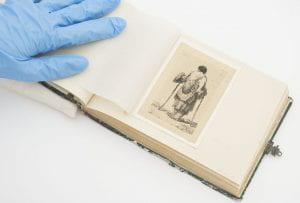
Activity two: do-it-yourself coasters and trenchers
Some prints were created to be used on decorative goods or furniture. Intarsio prints for example, were made to imitate wooden marquetry and they were pasted onto boxes as less expensive but just as elaborate designs. Trenchers are a type of wooden platter and were often decorated with a specially made round prints which were pasted on and protected with varnishes. Coasters may also be personalised with printed roundels. Here are some Northern 17th century coaster-sized prints to get you started:
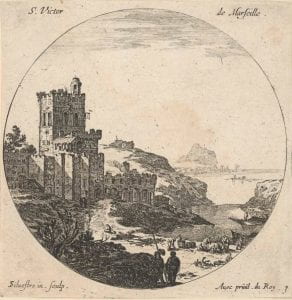

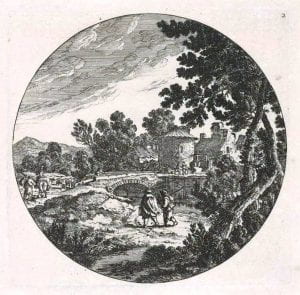
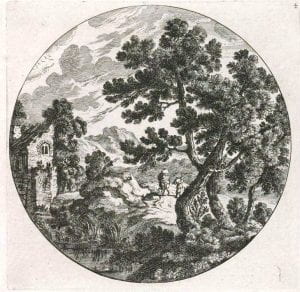
Activity three: paper portraits
Create your own paper friends by cutting portraits. Make a silhouette portrait of a figure in profile on a piece of black card, cut the portrait with scissors and paste it onto contrasting white card. This was a popular method of portraiture which began in the 18th century. You could also make paper dolls by cutting figures out of images; cut out some extra clothes so your friends can change outfits. Create a whole world for your paper friends by making them a diorama to live and interact. Here are some paper people from the 19th century to give you ideas:


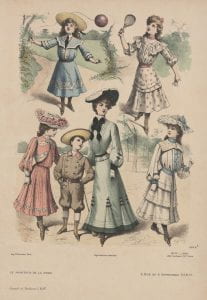
Activity four: prepare your Easter bonnet
Easter is the traditional time for a new, fancy hat. There are plenty of regal and cutting-edge headdresses in the Print Collection. Here are some examples to inspire a creation of your own:

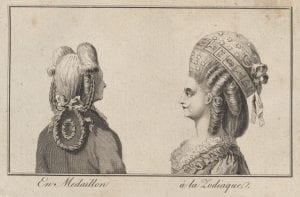
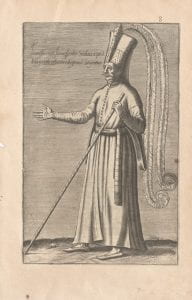
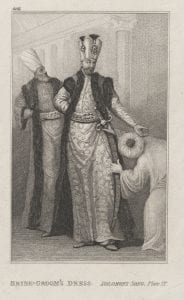
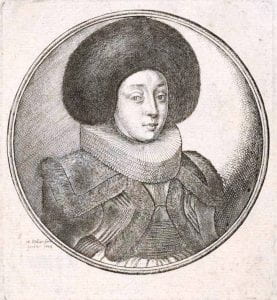
Kerrianne Stone
Curator, Prints
Categories
Leave a Reply